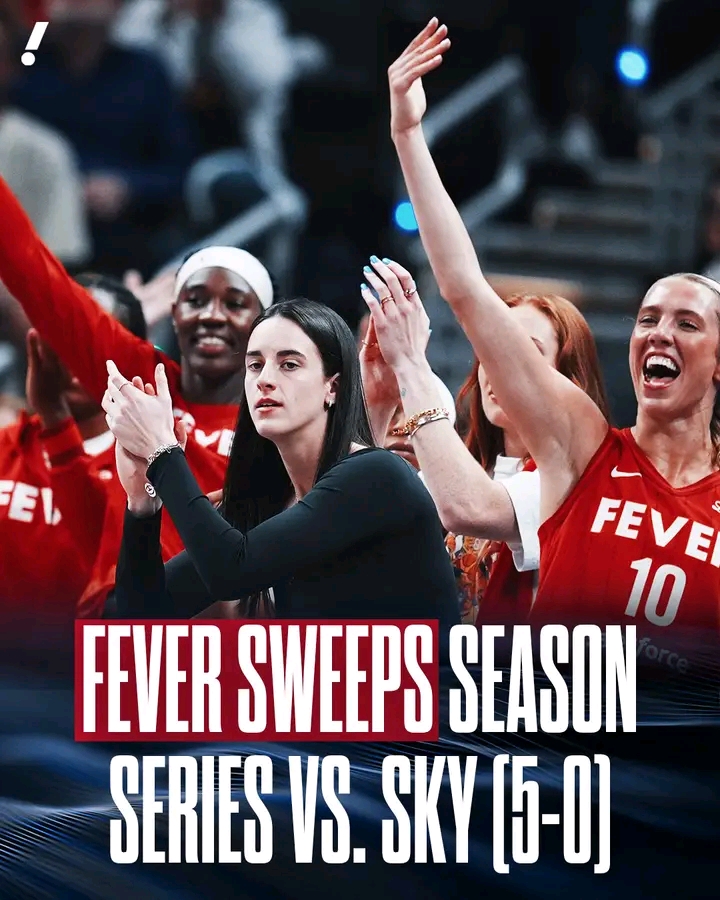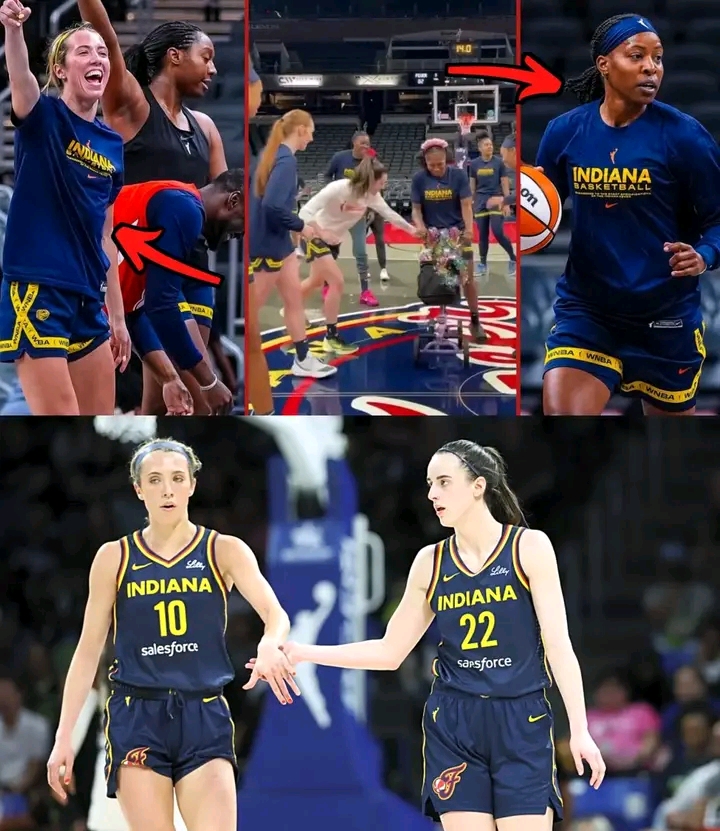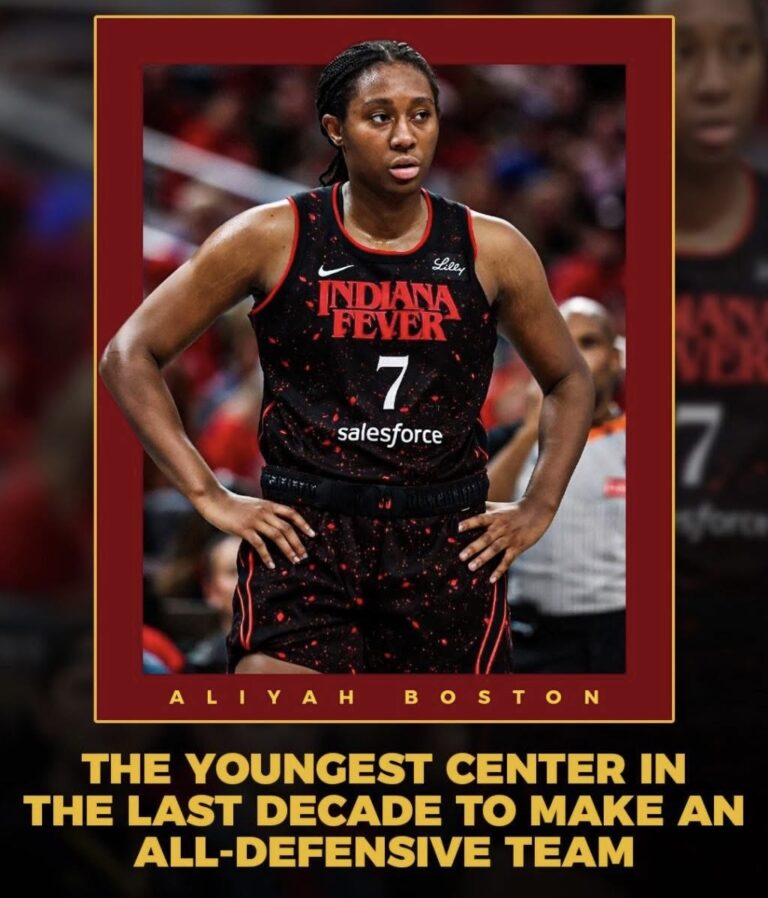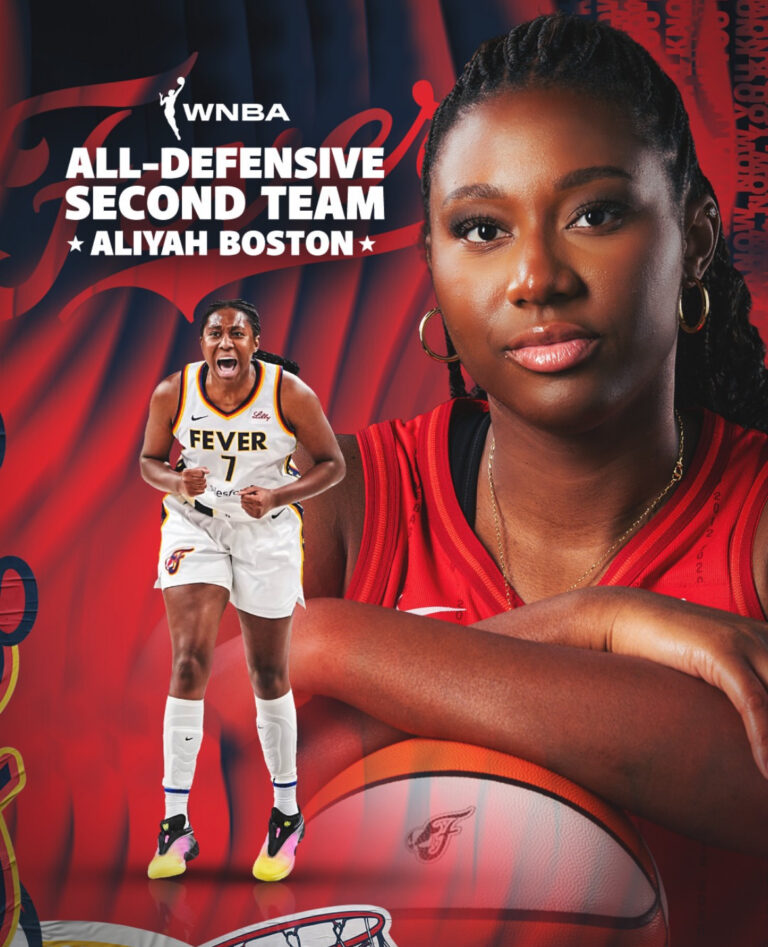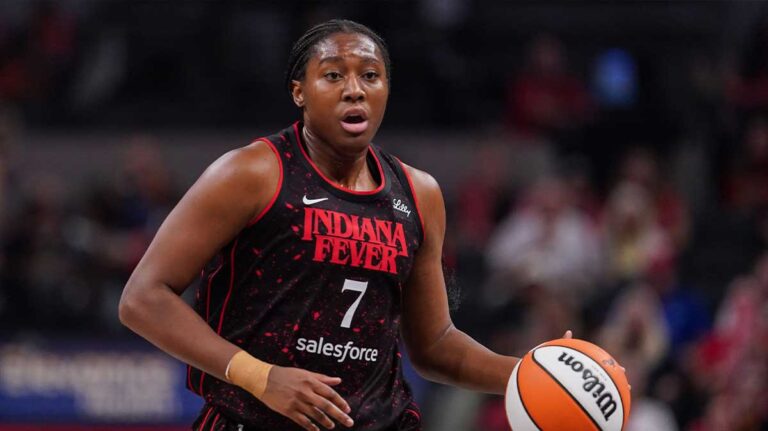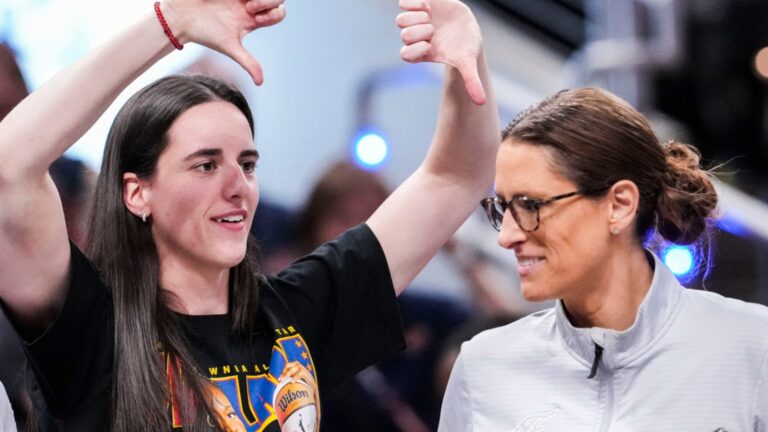
Madonna, often hailed as the Queen of Pop, has always been a revolutionary force in music, fashion, and culture. Throughout her illustrious career, she has consistently pushed boundaries, redefining what it means to be a pop star in the process. One of her most significant contributions to the music industry has been her innovative music videos, which have often served as a platform for her to challenge societal norms, address controversial topics, and introduce new visual aesthetics to the world.
Among her extensive catalog of iconic videos, there are a few that stand out for their groundbreaking qualities, and one of the most discussed and celebrated is her music video for Like a Prayer. This video, released in 1989, was a game-changer not only in terms of its visual storytelling but also in its bold engagement with religious imagery, racial politics, and sexuality.
In this article, we will take a deep dive into the making of Like a Prayer, exploring the behind-the-scenes aspects of its creation, its cultural impact, and the controversies it sparked. From the creative decisions that shaped the video to the lasting influence it has had on both Madonna’s career and the music video landscape, we’ll uncover the elements that made this video one of the most groundbreaking in pop history.
The Concept: A Visionary Fusion of Religion and Pop
Madonna’s Like a Prayer music video marked a major evolution in her artistry. While previous videos like Material Girl and Holiday had emphasized playful narratives or fantasy elements, Like a Prayer took on a darker, more profound tone. The video is known for its controversial blending of religious imagery, themes of race, and a sense of liberation that has often been associated with Madonna’s image.
The video opens with Madonna in a church, where she is seen witnessing the arrest of an African-American man who is being falsely accused of a crime. This sets the stage for the video’s exploration of faith, justice, and empowerment. The storyline unfolds with Madonna having visions of a saint-like figure who helps guide her toward the realization of her own power and sexual autonomy.
The concept was deeply rooted in the themes of the song, which itself touches on the power of prayer and a personal connection with divinity. The video’s spiritual overtones are reflected in the imagery of Madonna’s interaction with religious symbols such as crosses, angels, and sacred art. Yet, Madonna’s artistic freedom allowed her to present these symbols in ways that were both unconventional and thought-provoking. The video effectively blurred the line between pop music and art, and it became a cultural artifact that went beyond entertainment.
The Controversy: Religion, Race, and Sexuality
One of the most talked-about aspects of the Like a Prayer video was the way it merged religious themes with racial and sexual undertones. Madonna’s provocative use of religious imagery was not new to her work, but in this video, the connections were explicit. The video featured Madonna dancing in front of burning crosses and engaging in a passionate, sensual relationship with the figure of a black man. These images were intended to symbolize a rebellion against the constraints of organized religion while celebrating the beauty and power of both faith and human desire.
The video sparked immediate controversy among religious groups, particularly the Vatican, who condemned it as blasphemous. Many critics accused Madonna of using sacred imagery for commercial gain and exploiting religious symbols to create shock value. The image of Madonna dancing in front of burning crosses became a focal point of the backlash, and the controversy reached new heights when Pepsi, which had initially sponsored Madonna’s Like a Prayer campaign, pulled out due to the public outcry.
In addition to its religious implications, the video’s portrayal of race also garnered significant attention. Madonna was accused of using a black man as a tool for her own empowerment, though many praised the video for addressing racial injustice and portraying a black man as both a victim and a savior. The combination of religious themes and racial dynamics in the video was undeniably bold, and the discourse it sparked in the media proved that Madonna had once again tapped into an area of cultural conversation that few artists dared to approach.
Despite the criticism, Like a Prayer became a landmark moment for Madonna. It marked her transition into a more mature and complex artist, unafraid of confronting difficult societal issues. The video not only contributed to the song’s commercial success but also cemented Madonna’s place as a cultural icon willing to challenge the status quo.
The Creative Team: A Vision Realized
Behind every groundbreaking project is a team of talented individuals, and Like a Prayer was no exception. Madonna collaborated with some of the most innovative minds in the music video industry, including director Mary Lambert, who had worked with Madonna on previous projects like Borderline and Like a Virgin. Lambert’s collaboration with Madonna on Like a Prayer helped to create a video that was both visually stunning and thematically rich.
Madonna was deeply involved in every aspect of the video’s creation, from the choreography to the costume design to the direction of the narrative. Known for her perfectionism and strong vision, Madonna pushed her creative team to take risks and explore new ideas. The video featured intricate choreography, a mix of religious iconography and pop art, and vivid, surreal visuals that were ahead of their time.
The set design for Like a Prayer was equally bold, with the church scenes featuring dark, dramatic lighting and exaggerated religious statues. The use of color was also significant, with Madonna frequently dressed in bold, contrasting outfits. The video’s cinematic quality was enhanced by careful shot composition and editing, which added to the feeling of tension and mystery throughout the piece.
The Legacy: A Landmark in Pop Culture
The Like a Prayer music video set a new precedent for what a music video could be. It was no longer just a tool for promoting a song; it was an art form in its own right, capable of making bold cultural statements and shaping the narrative of a pop star’s career. Madonna’s willingness to confront controversial subjects in her videos helped pave the way for future artists who sought to use music videos as a platform for self-expression.
Over the years, the video for Like a Prayer has been re-examined in the context of its legacy. It remains a touchstone for discussions about art, politics, and pop culture, with scholars and critics alike recognizing its importance in breaking down taboos and challenging norms. The video also exemplifies Madonna’s role as a pioneer who understood the power of visual media in shaping public perception.
Artists such as Beyoncé, Lady Gaga, and Katy Perry have cited Madonna as a major influence, and it’s easy to trace the threads of Madonna’s boldness and boundary-pushing in their own music videos. Additionally, Like a Prayer continues to be celebrated in academic and cultural circles for its layered meaning and its fearless approach to social issues.
Conclusion: A Revolutionary Moment in Music Video History
Madonna’s Like a Prayer music video is, without a doubt, one of the most groundbreaking and influential in the history of pop music. The video’s combination of religious, racial, and sexual imagery challenged societal norms and opened up new possibilities for what a music video could represent. It was a moment of cultural revolution that not only marked a new phase in Madonna’s career but also shifted the landscape of music video production forever.
Behind the scenes, a group of visionary artists and collaborators helped to bring Madonna’s bold concept to life, pushing boundaries and defying conventions in the process. The result was a music video that would be discussed, dissected, and revered for decades to come. Through Like a Prayer, Madonna once again proved that she was not just a pop star—she was a cultural force who would continue to shape and redefine the pop music landscape for years to come.
